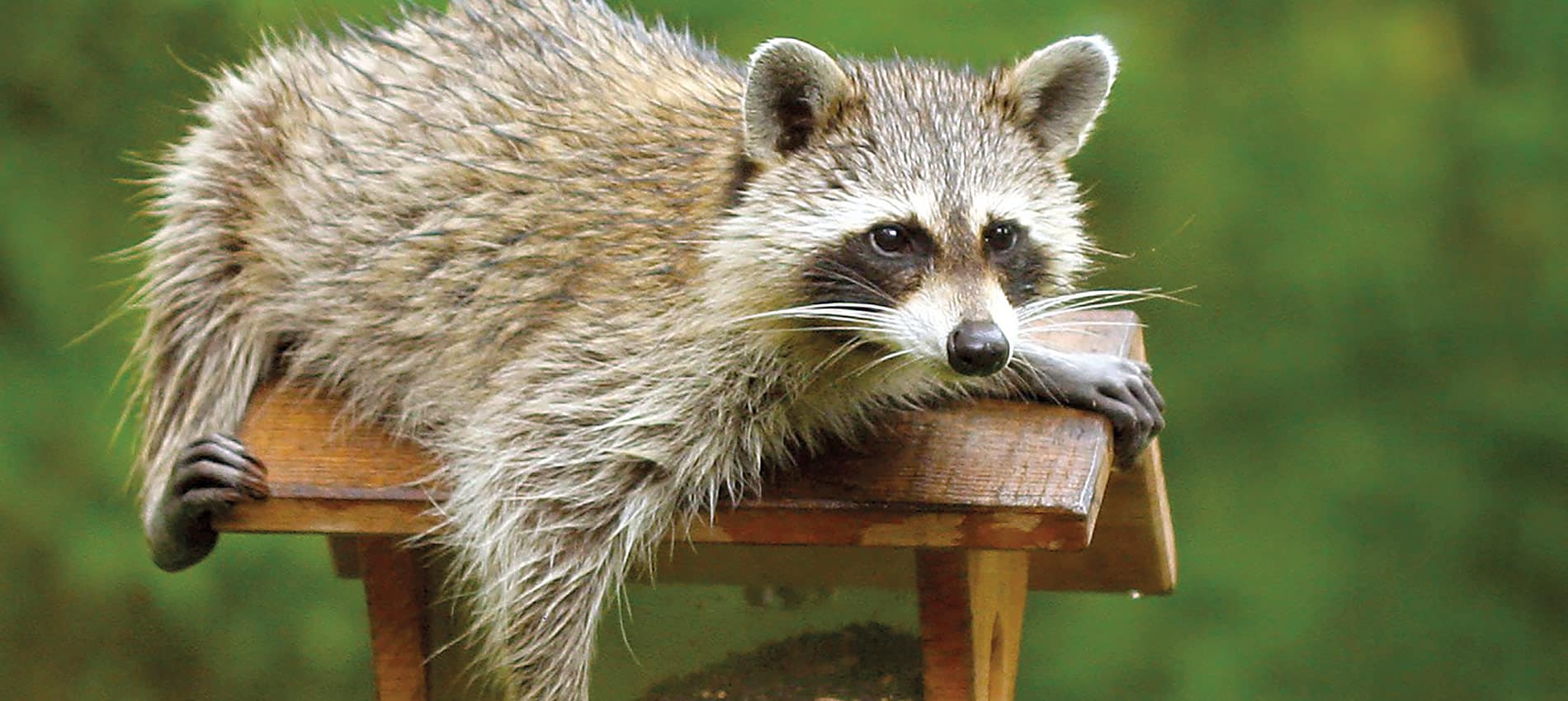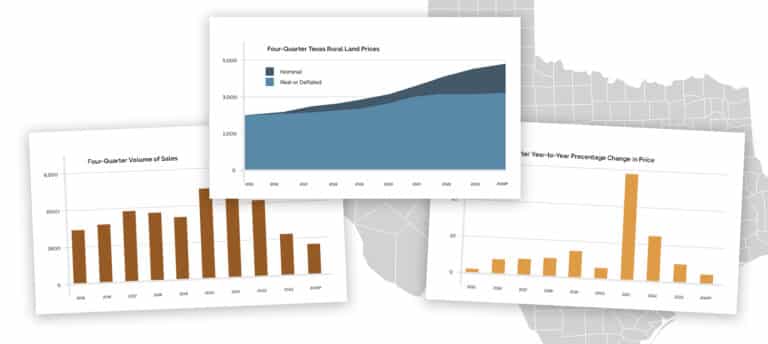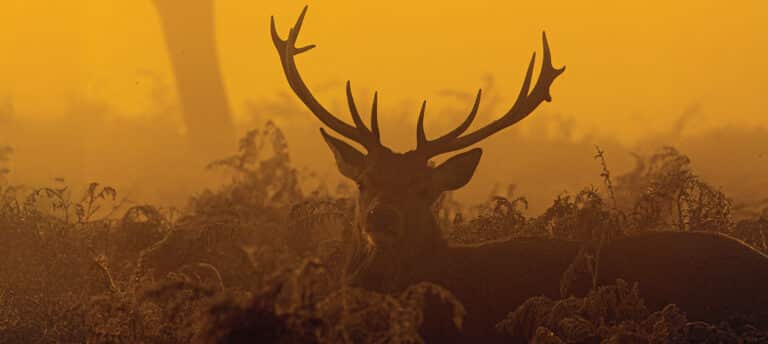When we think of wildlife management in Texas, we tend to think of large areas, such as ranches and state parks, generally involving charismatic game species such as whitetails, wild turkey, bobwhites and mule deer. However, for those folks who live in the concrete jungles of urban Texas, and even for those who have homes in the more open landscapes of rural Texas, managing wildlife on a micro-scale basis in the backyard of a house can yield amazing and rewarding results, with the principal beneficiaries often being non-game wildlife. Pleasures associated with wildlife-viewing are as diverse as the habitats in which wildlife are found, with most people typically valuing such interactions on a basis that may be described as recreational and aesthetic. When we peel back the layers, we find that our visual interaction with these wild others tend to stimulate people in other and deeper ways as well, such as through emotional and spiritual connections. Research has shown that people suffering from dementia-type problems show increased brain activity and positive behavioral response by something as simple as watching birds feeding at a backyard bird feeder. In addition to the human benefits associated with these brokered human-wildlife interactions, a variety of wild critters also stand to benefit from such backyard wildlife management efforts, creating
win-win outcomes.
When we focus on the backyard as our canvas for managing wildlife, a fundamental rule of thumb is that a well-manicured lawn with perfectly trimmed shrubs and trees may be appealing to the homeowner, but such settings can represent a bit of a sterile, non-productive habitat for wildlife. Reflecting on the old Coldwell Banker’s TV Commercial about “Making a house a home,” when it comes to wild critters, a key to backyard wildlife management is the successful arrangement of the four basic components of habitat—food, water, cover and space.
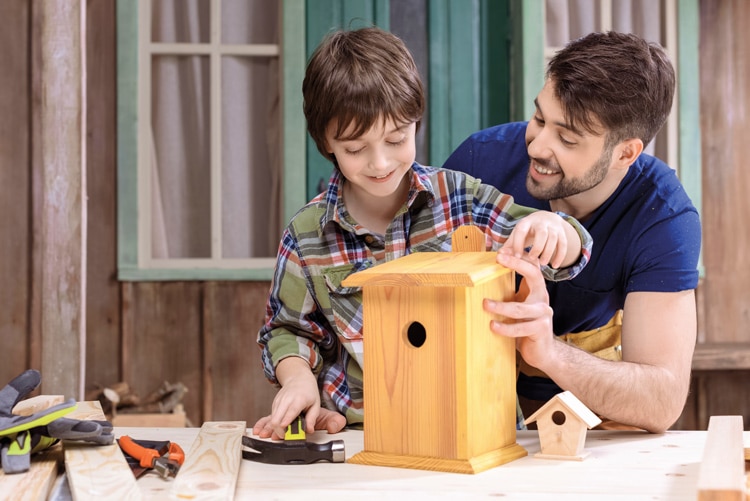
Food
Food sources for backyard wildlife can be produced naturally or can be hand-dispensed via artificial delivery techniques. Certain flowering plants provide high-energy nectar that attracts important pollinating species of hummingbirds, bees and butterflies, but artificial feeding devices for hummingbirds are also a popular way to augment such food provisions. Other convenient sources of supplemental food for birds include peanut butter with a seed mixture, chunks of apple, melon, grapes and fresh berries. Suet blocks are good for attracting insectivorous species, working best in cooler weather since it will turn rancid in warmer weather. Traditional bird feeders that dispense various seeds yield great results in attracting granivorous species, but don’t forget to add some sand or finely crushed eggshell so that your feathered friends ingest some beneficial grit to assist with the digestive process. Small mammals will occasionally benefit from these same supplemental feeding practices, and protective guards and other strategies may be necessary for preventing undesirable, non-targeted species.
Cover
Cover requirements for wildlife come in a variety of forms including security, thermal, loafing, nesting and brooding cover. Once again, diversity is important in terms of being able to accommodate a variety of birds, small mammals, reptiles and amphibians. Shrubs of different heights, mature trees and even some “unkept” areas with taller grass and weeds can be beneficial in meeting the cover requirements for various species. Artificial nest boxes are commonly used for cavity nesting birds such as bluebirds, chickadees, wrens and even smaller owl species. Bat boxes are also great options for these unique flying mammals that add to the ecological health of the area through pollination and controlling flying insects. Dead trees may not be aesthetically pleasing to the homeowner, but these structures can provide important platforms for certain bird species to perch during breeding, foraging and loafing activities when elevated, open space is useful for vantage and visibility.
Water
The most important nutrient in the diet of all wild animals is water, as it interacts with all living cells and organs of the body. Naturally standing water is favorable for a variety of wild critters but is not always an option, especially in backyard settings. Artificial bird baths are an inexpensive, easy way to attract birds. Better yet, artificial ponds are magnets for a host of different wild critters and can serve as a home for fish as well. Drippers and overflows help meet an additional layer of wildlife needs by creating moist soil sites which favor amphibians and insects, ultimately benefiting the web-effect of these micro-ecosystems.
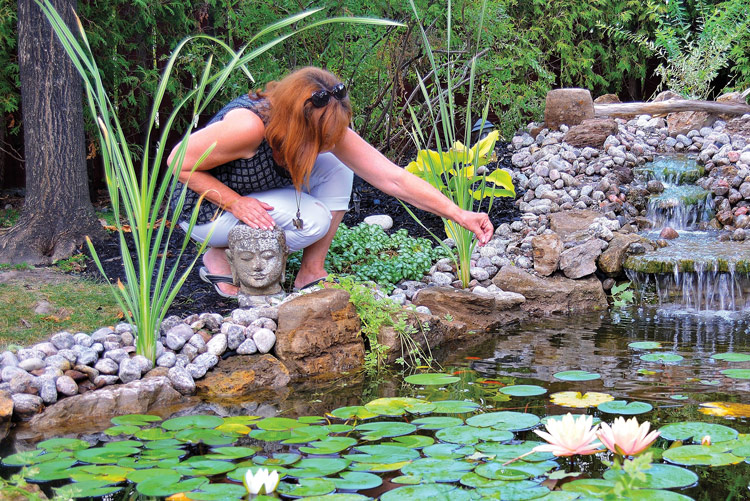
Space
Space is often the most overlooked and under-rated feature of the four habitat components. One of the more practical methods of integrating space into the mix to enhance wildlife habitability in a backyard setting is to take into consideration the habitat features that surround your backyard. Perhaps the neighboring area has plenty of shrubs and trees that minimize your needs to focus on that component. Or maybe there is an adjacent area that is not mowed and provides some amount of tall grass and weeds, which may help mitigate your manicured lawn. Also, while sketching out your “design” for your wildscaped backyard, take into consideration the placement and spacing of introduced plants and artificial structures, in an attempt to create more efficient use of the space that’s available and to build “buffer” that some species need to compatibly co-exist. The variety and amount of wildlife attracted to your backyard will largely depend on your yard’s proximity to other wildlife habitat features and how well those habitat features are connected. Connectivity is part of the space-factor of wildlife habitat, so pay attention to your surroundings.
Community
For those wildlife enthusiasts who are interested in nurturing their passion for backyard wildlife management, there are some excellent options to become part of a community of people who share similar interests. This affiliation not only creates an opportunity to make your hobby more fun and exciting, but this is a great way to learn from others while also sharing your success stories for the benefit of others. Groups and programs that may be of interest to backyard wildlifers include the Texas Master Naturalist program, Texas Nature Trackers, Native Plant Society of Texas, Texas Wildscapes Certification program and Best of Texas Backyard Habitat Certification. Great sources of information include specialists and publications from the Texas Parks and Wildlife Department and the Texas A&M AgriLife Extension Service.
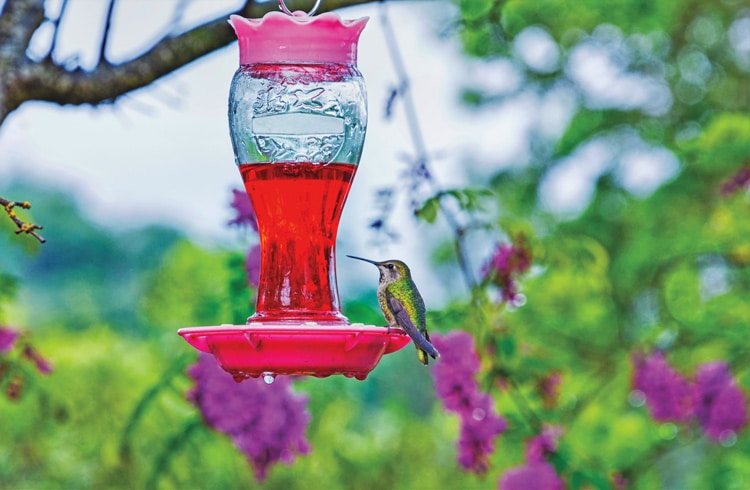
One of the greatest challenges that will face our society as we move forward is the conservation of our natural resources and preserving the integrity of wild things and wild places. With our landscapes continuing to suffer from development and fragmentation, the difference-maker for wildlife will be for wildlife to remain relevant to the citizens of this country. And as long as wildlife is relevant, wildlife will continue to have a fighting chance, and this will be manifested through traditional wildlife management on large-scale wild places, as well as in the backyard of homeowners, all of which are part of the future success puzzle for our wild others.
